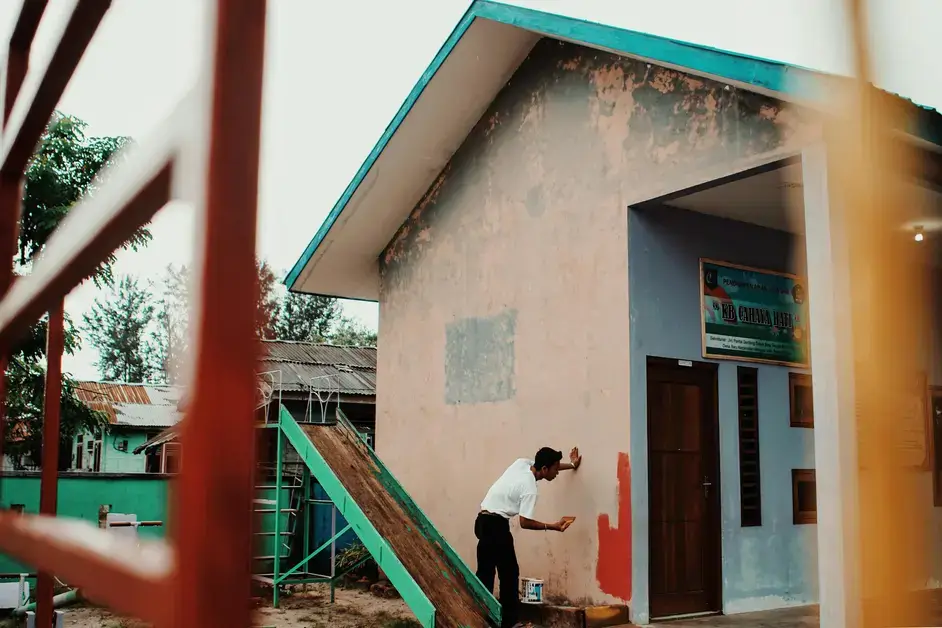
What is TPO roofing? TPO roofing, short for thermoplastic polyolefin roofing, is a type of roofing material known for its durability, energy efficiency, and cost-effectiveness. TPO roofing is composed of two primary materials: polypropylene and ethylene-propylene rubber. Polypropylene provides TPO with elasticity and durability, making it resistant to weather elements such as rain and snow. Ethylene-propylene rubber adds flexibility and ensures strong seam integrity, making TPO roofing a reliable choice for long-term protection.
Your roof is not just a structural element; it’s a critical part of your home’s protection and integrity. If you’re considering upgrading your roofing system, TPO roofing might be a solution worth exploring. In this article, we’ll delve into what is tpo roofing, its composition, installation process, maintenance tips, and the benefits it offers.
What Is TPO Roofing Made Of
TPO roofing is composed of two primary materials: polypropylene and ethylene-propylene rubber. Polypropylene provides TPO with elasticity and durability, making it resistant to weather elements such as rain and snow. Ethylene-propylene rubber adds flexibility and ensures strong seam integrity, making TPO roofing a reliable choice for long-term protection. The material is manufactured in sheets of various sizes and is typically bright white in color. This color reflects sunlight, reducing heat absorption and energy costs for cooling your home.
How Do You Install TPO Roofing
The installation process of TPO roofing involves several key steps:
- Roof Preparation: The existing roof must be thoroughly cleaned and prepared before TPO roofing is installed. This includes removing old roofing materials and ensuring the roof surface is smooth and debris-free.
- TPO Membrane Installation: The TPO membrane, available in sheets of various sizes, is then rolled out and secured to the roof’s cover board using mechanical fasteners or adhesives. Careful attention is paid to sealing the seams to prevent water infiltration.
- Sealing Seams: To ensure water tightness and seam integrity, a hot air gun or welder is used to heat and seal the seams of the TPO membrane together. This step is crucial for the overall effectiveness of the roofing system.
Roof Protection And Maintenance
Once TPO roofing is installed, regular maintenance is essential to prolong its lifespan and effectiveness. Regular inspections by a professional roofing contractor are crucial to identify any damage, wear, or potential issues with the TPO membrane. Inspecting and maintaining other roof components, such as chimneys, gutters, and shingles, are also essential to ensure the overall integrity of the roofing system.
Checking the seals and caulking around vents, skylights, and other penetrations is necessary to prevent water leaks and ensure proper insulation.
Benefits Of TPO Roofing
TPO roofing offers numerous benefits to homeowners, including:
- Cost-Effectiveness: TPO roofing is relatively affordable compared to other roofing materials, making it a cost-effective option for homeowners.
- Energy Efficiency: The reflective properties of TPO roofing can help reduce energy consumption by reflecting sunlight and heat away from the building, leading to lower cooling costs.
- Durability: TPO roofing is highly durable and resistant to weather elements, chemicals, and UV radiation, providing long-lasting protection for the home.
Choosing The Right Roofing Contractor
When considering TPO roofing for your property, it’s essential to choose the right roofing contractor. Look for a reputable contractor with experience in working with TPO roofing materials. They can advise you on the best TPO material for your specific project, considering factors like roof size, condition, and insulation needs.
Seal Inspection And Caulking Replacement
Regular seal inspections are part of maintaining TPO roofing integrity. If seals show signs of wear or damage, caulking replacement is necessary to ensure water tightness and prevent leaks. Addressing these issues promptly can prevent costly repairs down the line.
In conclusion, TPO roofing is a versatile and reliable solution that offers durability, energy efficiency, and cost-effectiveness. Understanding what is TPO roofing? its composition, installation process, maintenance requirements, and benefits can help homeowners make informed decisions when considering roofing options. Consultation with a professional roofing contractor is recommended to ensure proper installation, maintenance, and optimal performance of TPO roofing systems.


